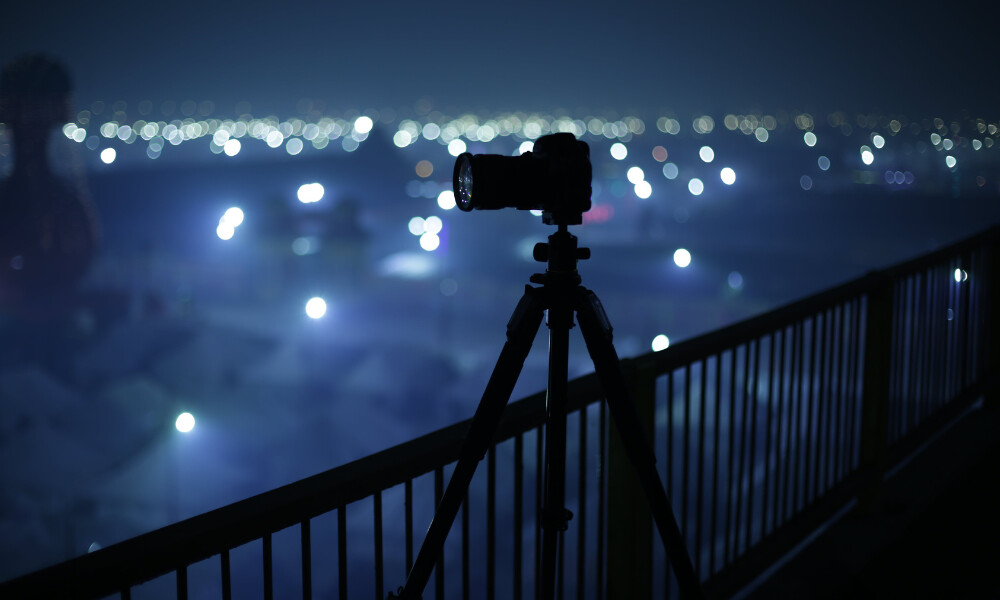Photography is an art form that captures moments and emotions, freezing them in time. One of the most important elements in photography is light. Light has the power to transform a simple scene into a captivating image. This blog post will explore how to catch light in photography and how it can improve your photos to new heights.

The Importance of Catching Light in Photography
Light is the essence of photography. It shapes the subject, sets the mood, and creates depth and dimension in your images. Whether you are shooting landscapes, portraits, or still life, understanding how to catch light in photography is crucial for creating visually stunning photographs.
There are two types of light that photographers often work with: natural light and artificial light. Both are integral to the art of catching light in photography. Natural light, such as sunlight, provides a soft and warm glow that can enhance the colors and textures in your photos. Artificial light, on the other hand, allows you to have more control over the lighting conditions and create dramatic effects.
Understanding the Qualities of Light. (Catch Light Photography)
Before you can effectively catch light in your photography, it is important to understand the qualities of light. Light can be described in terms of its intensity, direction, and color temperature.
Intensity refers to how bright or dim the light is. It can create highlights and shadows, adding depth and contrast to your images. The direction of light determines where the light is coming from and how it falls on your subject. It can create different moods and emphasize certain features.
Color temperature refers to the warmth or coolness of light. Natural light varies in color temperature throughout the day, from warm golden hues during sunrise and sunset to cool blue tones during midday. Understanding color temperature can help you create a desired mood or atmosphere in your photographs.
Tips on How To Catch Light in Photography
Now that we have a basic understanding of light, let’s explore some tips for catching light in photography:
Observe the Light:
Take the time to observe the light in your surroundings. Notice how it falls on different objects and how it changes throughout the day. By understanding the behavior of light, you can anticipate and capture the perfect moment.
Use Golden Hour:
The golden hour, which occurs shortly after sunrise and before sunset, is a magical time for photography. The soft, warm light during this time can add a beautiful glow to your images. Make sure to plan your shoots accordingly to take advantage of this magical light.
Create Silhouettes:
Silhouettes can be a powerful way to capture light. Position your subject against a bright background, such as a sunset or a window, and expose it to the background. This will create a striking silhouette that highlights the shape and form of your subject.
Experiment with Backlighting:
Backlighting occurs when the light source is behind your subject. This can create a halo effect and add depth and drama to your photos. Be mindful of the exposure settings to avoid overexposure.
Use Reflectors:
Reflectors are a handy tool for manipulating light. They can be used to bounce light onto your subject, fill in shadows, or create interesting catchlights in the eyes of your subjects.
Remember, catching light in photography is an art that requires practice and experimentation. Don’t be afraid to try new techniques and push the boundaries of your creativity. With time and experience, you will develop a keen eye for light and be able to create truly breathtaking photographs.
Conclusion
Light is the key to unlocking the true potential of your photographs. By understanding the qualities of light and learning how to catch it, you can elevate your images from ordinary to extraordinary. So, go out there, embrace the light, and let your creativity shine through your photographs.
FAQs:
What is catch light photography?
Catch light photography refers to the presence of small, specular highlights in a subject’s eyes, created by reflecting light sources. These highlights add depth, dimension, and a sense of life to the eyes, making them appear more vibrant and engaging.
Why is catching lights important in photography?
Catch lights in photography play a crucial role in bringing life and depth to a subject’s eyes. They enhance the overall attractiveness of the portrait by adding a sparkle and drawing the viewer’s attention to the eyes, which are often considered the windows to the soul.
How do catch lights enhance the appearance of the subject’s eyes?
Catchlights create a sense of dimension and vitality in the eyes, making them appear more expressive and engaging. They add a sparkle and depth to make the subject appear more captivating and lifelike.
What are some common sources of catching lights in photography?
Common sources of catch lights include natural sunlight, studio lights, reflectors, LED panels, flash units, and even ambient light sources such as windows or lamps.
Can catch lights be added or enhanced during post-processing?
Yes, catch lights can be added or enhanced during post-processing using editing software such as Adobe Photoshop or Lightroom. However, it’s generally best to capture authentic catchlights during the photoshoot whenever possible.
What techniques can I use to create catch lights in my photography?
You can create catch lights by positioning light sources strategically, using reflectors to bounce light into the subject’s eyes, or capturing images in environments where natural light sources are reflected in the eyes.
Are catch lights more prominent in certain lighting conditions?
Catch lights are often more prominent in environments with bright, directional lighting, such as sunny outdoor settings or well-lit studios. However, they can also be visible in softer, more diffused lighting conditions.
How can I ensure catch lights are captured effectively in my portraits?
To capture catch lights effectively, pay attention to the positioning and intensity of your light sources, adjust your camera angle to highlight the eyes, and consider using a shallow depth of field to make the catch lights stand out.
Do different types of catch lights convey different emotions or moods?
Yes, different types of catch lights can convey varying emotions or moods. For example, small, round catch lights might create a sense of innocence or playfulness, while larger, more elongated catch lights might evoke a moodier or more dramatic atmosphere.
Are there any specific camera settings I should adjust to maximize catch light effects?
To maximize catch light effects, consider using a wide aperture (low f-stop) to create a shallow depth of field, which will help the catch lights stand out against a blurred background. Additionally, adjust your exposure settings to ensure the eyes are well-lit without being overexposed.

